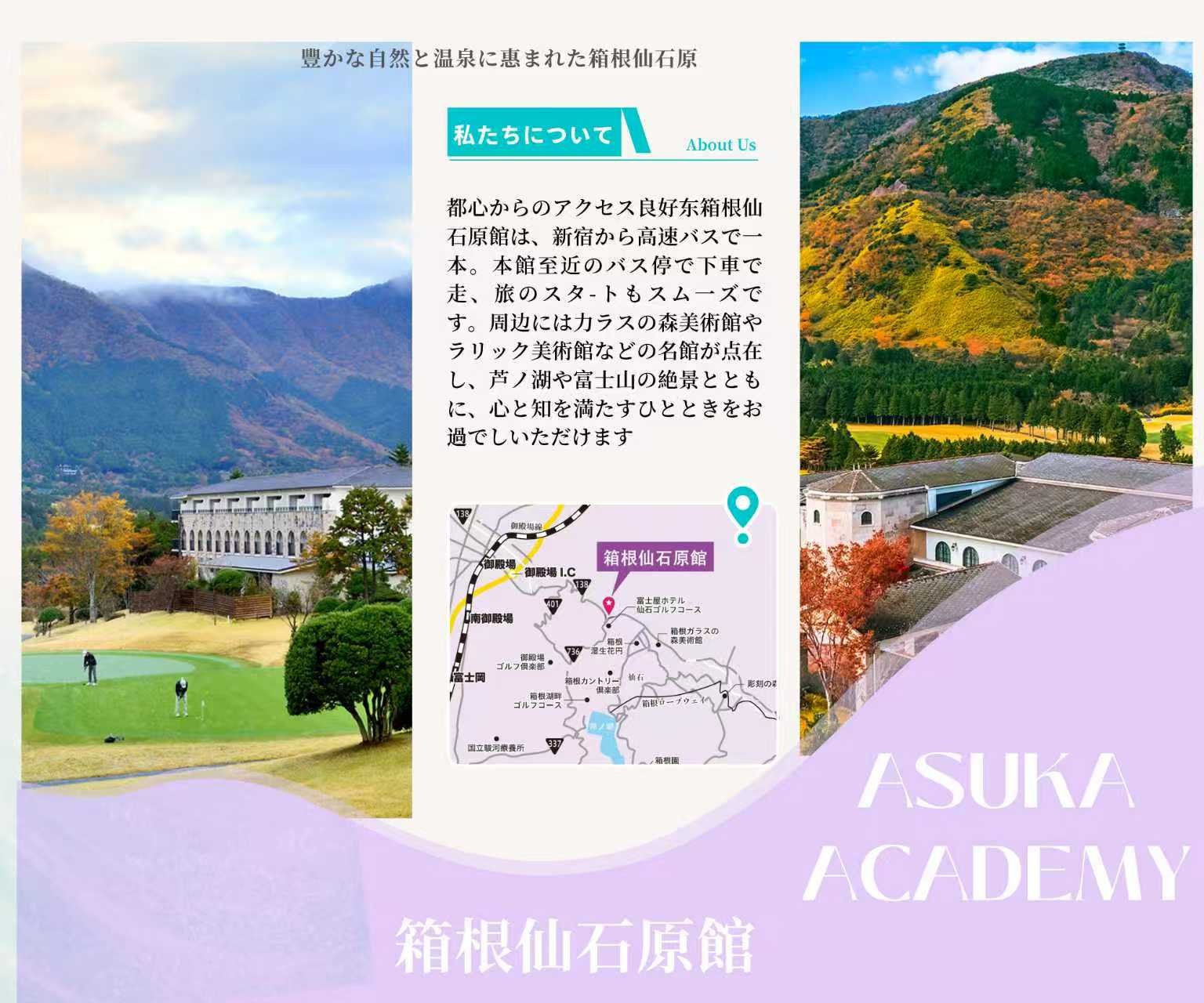With the Japanese government announcing the opening of a 90-day “medical tourism” visa, this country with world-leading medical technology has once again become the focus of the international medical tourism market. The dual push of the continuous depreciation of the yen and the resumption of international flights has redirected the attention of China’s affluent class to Japan’s medical tourism market, which was already highly regarded before the pandemic. Among the various offerings, stem cell therapy projects are particularly eye-catching, reflecting the latest trends in the global medical industry.
Rapid Growth of the Global Medical Tourism Market, Japan Stands Out
According to data provided by international research firms, the global medical tourism market was worth approximately 14 trillion yen in 2022 and is expected to more than double to 48 trillion yen by 2028. At the same time, the World Medical Tourism Association (MTA) estimates that around 14 million people cross borders annually to seek medical services. This data indicates that medical tourism has become a key focus for high-net-worth individuals globally.
In this blue ocean market, Japan, with its high-end medical services and technological advantages, has gradually become a popular choice for Chinese tourists. Compared to the high medical costs in the United States and the cumbersome queuing processes in Europe, Japan’s geographical proximity, advanced medical technology, and high-quality services make it the top destination for Chinese patients.
World-Class Medical Technology: Japan’s Core Competitiveness
Japan has consistently ranked first in the World Health Organization’s (WHO) global healthcare assessments for many years, a ranking that fully affirms its excellent medical services. WHO evaluates global healthcare systems based on medical standards, service accessibility, and cost fairness, and Japan stands out with its high-level technology, efficient medical services, and universal health coverage system.
In particular, Japan excels in cancer treatment. For example, the 5-year survival rate for gastric cancer is as high as 80%, for colorectal cancer it is 81%, and for breast cancer it reaches 95%. Additionally, Japan has developed a system capable of detecting over 300 types of cancer in a single test, identifying cancer cells as small as 10 millimeters, far exceeding the international average.
Furthermore, Japan’s leading position in chronic disease diagnosis and treatment, as well as surgical robotics, provides significant support for attracting Chinese patients. For instance, the widespread use of the “Da Vinci Surgical System” in Japan has enabled many complex surgeries to be performed with greater precision and safety.
Stem Cell Therapy Gains Popularity Amid Aging Population
Japan’s aging society poses a significant challenge but has also driven major breakthroughs in medical technology. Japanese scientists, represented by Nobel laureate Professor Shinya Yamanaka, have developed induced pluripotent stem cells (iPS), bringing revolutionary changes to anti-aging and regenerative medicine.
Data shows that Japan receives around 5,000 stem cell therapy cases annually, with nearly half of the patients coming from China. Particularly among China’s affluent class, their high focus on health and longevity has made stem cell therapy a “necessity.” Legally, regulations such as the “Regenerative Medicine Safety Act” ensure the high safety and reliability of stem cell treatments, further solidifying Japan’s global leadership in this field.
For example, Mr. Chen from Shanghai flies to Japan annually for stem cell anti-aging therapy. He states, “Although each treatment costs hundreds of thousands of yuan, the results are significant and the safety is high, making it a worthwhile investment.” Similar cases are not uncommon among China’s high-net-worth individuals, and stem cell-related products have also entered the domestic market through cross-border e-commerce, gaining widespread popularity.
High-End Precision Medical Checkups as a Key Attraction
Japan not only leads in cancer treatment and stem cell therapy but is also renowned for its comprehensive and efficient medical checkup services. Its health checkup coverage is extremely high, including not only cancer detection but also early diagnosis of chronic diseases and genetic testing. For example, Japan’s famous “high-end precision medical checkups” can tailor health management plans for clients and even predict health conditions decades in advance through a series of tests.
This high-quality health management concept has attracted Chinese tourists to experience it. In recent years, more and more high-net-worth Chinese families have included Japanese checkups and treatments in their annual plans. Some top hospitals have even established dedicated Chinese translation and service teams to better serve Chinese clients.
Sino-Japanese Cooperation: New Opportunities in the Medical Tourism Industry
Cooperation between Japanese medical institutions and the Chinese market is further strengthening. For example, some Japanese hospitals have begun collaborating with high-end Chinese travel agencies to offer “medical + tourism” comprehensive packages. These packages typically include high-end checkups, specialized treatments, and cultural sightseeing, allowing tourists to not only receive top-tier medical services but also enjoy Japan’s natural scenery and cultural charm.
Additionally, several Chinese companies have signed cooperation agreements with Japanese medical institutions to jointly develop stem cell therapies and anti-aging products. Such cross-border cooperation not only promotes the popularization of medical technology but also creates more business opportunities for the medical industries of both countries.




